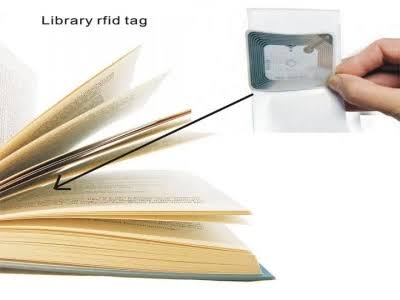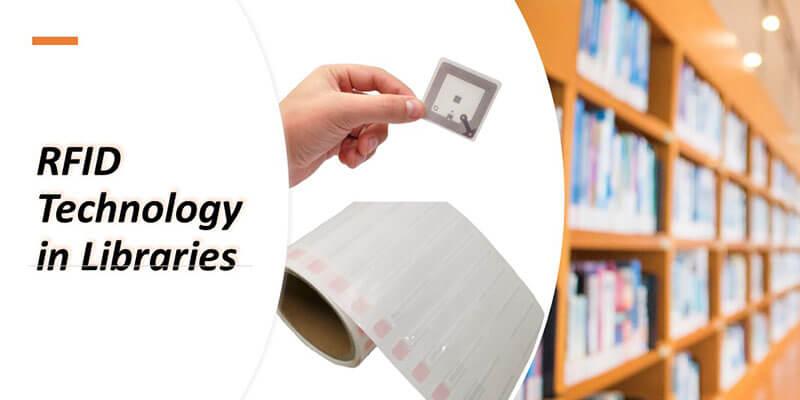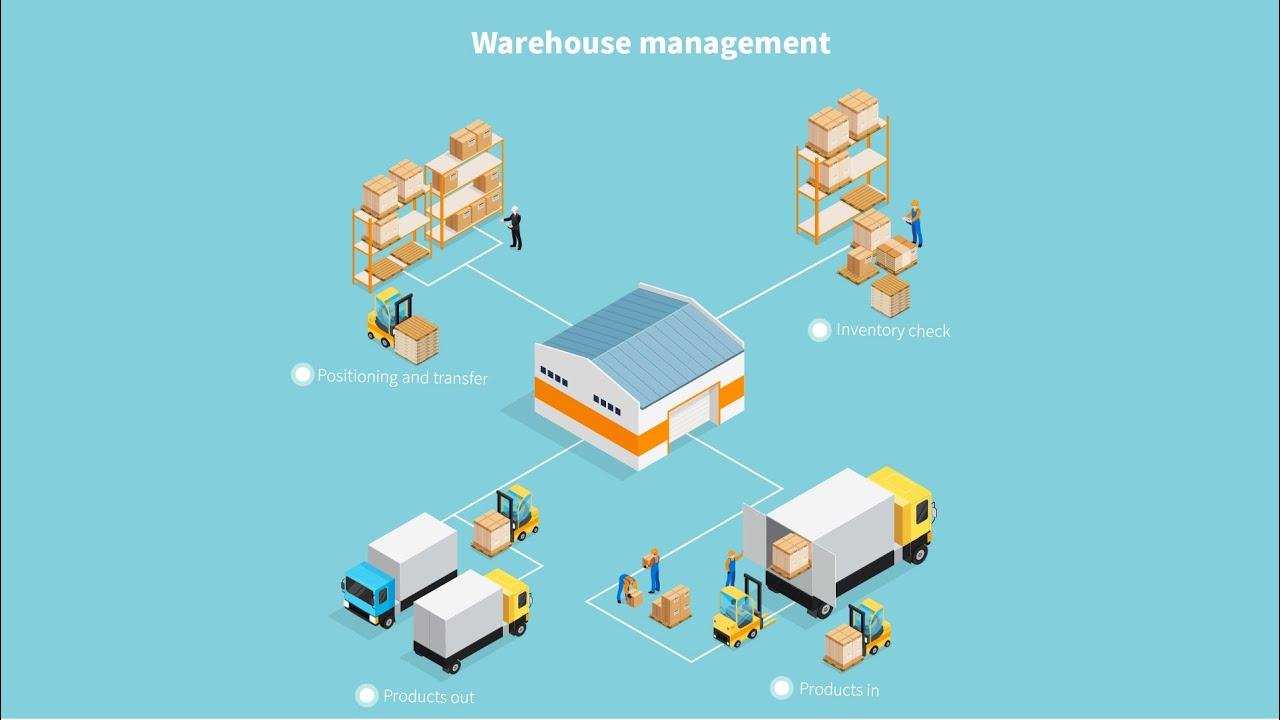

RFID for Library Management
RFID (Radio-Frequency Identification) technology is a wireless method of identifying and tracking objects using radio waves. In library management, RFID solutions can provide a range of benefits to help improve efficiency, security, and the overall user experience.
One of the primary advantages of using RFID for library management is the ability to streamline patrons’ check-in and check-out processes. RFID tags can be attached to library books and other materials, allowing patrons to quickly and easily check out items using RFID scanners. This can help reduce long lines and bottlenecks at circulation desks and make it easier for patrons to borrow materials.
In addition to improving efficiency, RFID technology can also be used to enhance security for libraries. By attaching RFID tags to high-value or rare items, libraries can track the movement of these items within the facility and receive alerts if an item is removed from its designated location. This can help prevent theft and ensure that only authorized personnel can access valuable materials.
In addition to improving efficiency and security, RFID solutions can also enhance the overall user experience in libraries. For example, libraries can use RFID technology to create interactive displays or in-library kiosks that provide patrons with information about specific books or materials. Patrons could scan an RFID tag on a book to access information about its availability, related materials, and other details. This can help patrons more easily discover and access library resources, and enhance their overall experience in the library.
Overall, RFID solutions offer a range of benefits for library management, including streamlined check-in and check-out processes, enhanced security, and the ability to create interactive user experiences. By implementing RFID technology, libraries can streamline their operations, improve security, and enhance the overall experience for patrons.



Connect with us